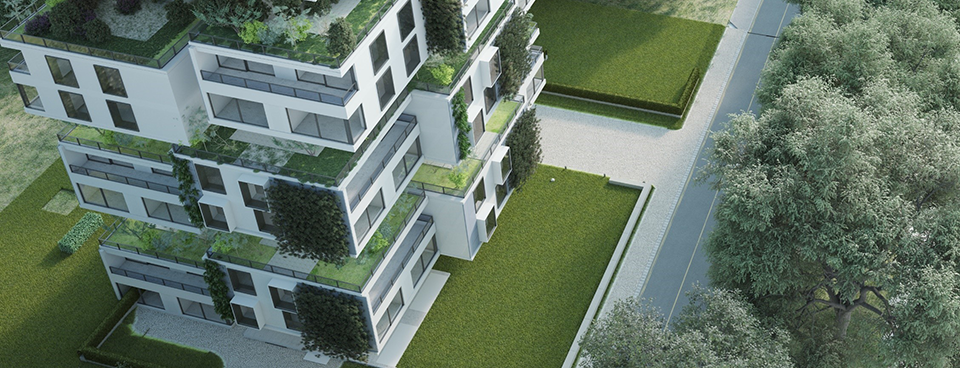Showcases for neighborhoods of the future


To achieve climate targets, innovative approaches are needed. There is an urgent need for action, particularly in the building sector, which is responsible for around 30% of CO₂ emissions in Germany. One promising path is to take a holistic view of neighborhoods and to consider energy, mobility, and infrastructure together.
This approach is already being tested in practice in several model regions – with measurable success. The Showcase for Neighborhoods of the Future aims to evaluate scientific findings through the comparison and analysis of selected neighborhoods.
Eight different neighborhoods were examined, ranging from renovated historic buildings to new constructions and business parks. Some were completely newly planned, while others evolved through a shared energy supply. Despite their differences, all show great potential for synergies, the use of sustainable technologies, and social innovations.
Examples include the Prinz-Karl Quarter in Augsburg with centralized heat supply, the BüroCenter Messe in Augsburg with intelligent photovoltaic use, or the Überlingen neighborhood, where new and existing buildings are connected via a central energy facility powered by local wood chips. This facility, for instance, uses the return flow from existing buildings as the supply for new buildings and integrates PV and solar thermal systems in the best possible way.
Other topics such as tenant electricity, electromobility, sharing services, and cross-sector infrastructure were also explored. One key success factor is the behavior of people on-site. In addition, information services, easily accessible technical solutions, and transparent consumption data all contribute.
The results show that sustainable neighborhood development is technically feasible, economically viable, and socially relevant. A prerequisite for success is the interplay between planning, infrastructure, and user participation. The insights gained provide valuable impulses for municipalities, the housing industry, and energy service providers.
The complete study (in German) is available online free of charge: https://s.fhg.de/Quartiere-der-Zukunft
Your benefits
|